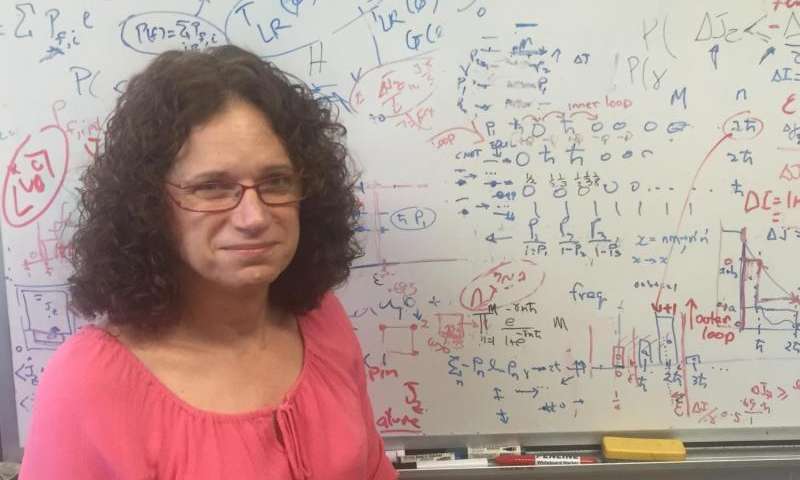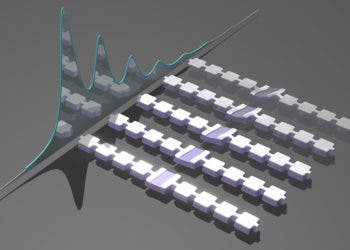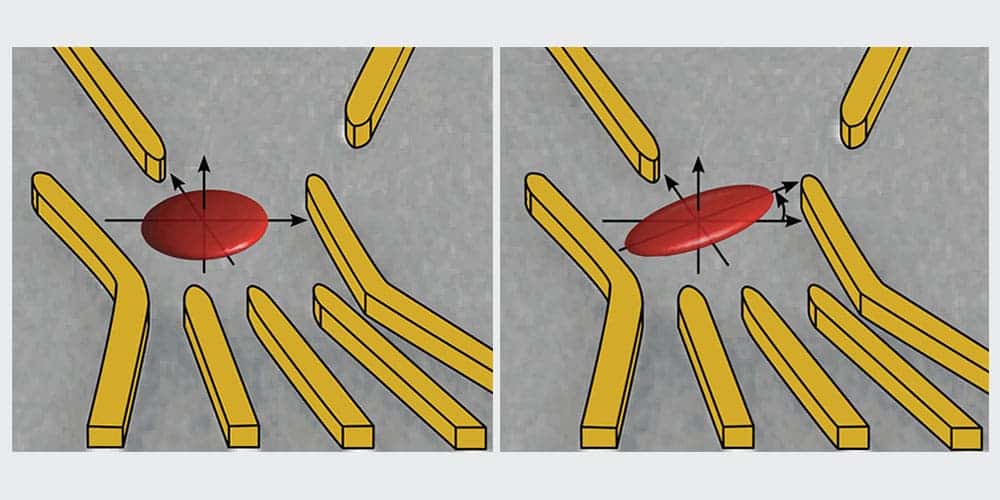Griffith University Associate Professor Joan Vaccaro believes she may have uncovered how our reality differentiates the future from the past. Her research paper, published in the journal Proceedings of the Royal Society A, could topple our understanding of time flow (ironically) forever.

Image via phys
A paper titled “Quantum asymmetry between time and space,” published by Associate Professor Joan Vaccaro of Griffith University’s Centre for Quantum Dynamics challenges our almost instinctual presumption that the flow of time is a fundamental part of nature. She suggests there may be a deeper origin to the incessant unfolding of the Universe around us over time due to a difference between the two directions of time: to the future and to the past.
“If you want to know where the universe came from and where it’s going, you need to know about time,” Vaccaro says.
“Experiments on subatomic particles over the past 50 years ago show that Nature doesn’t treat both directions of time equally. In particular, subatomic particles called K and B mesons behave slightly differently depending on the direction of time.”
Matter is thought of as restricted in space but not over time. In other words, matter simply exists at one point in space and not another. But if matter is restricted over time, it would mean that it pops in and out of existence, directly violating the law of mass conservation.
Traditionally, quantum mechanics overcomes this problem by assigning a fixed-over-time quantum state vector to matter. There is, however, no corresponding restriction of the state vector over space. This is done because matter is expected to evolve over time but with no corresponding presumption about its movement in space.
These axiomatically imposed restrictions create an asymmetry between time and space where systems are “forced” to evolve over time but not through space. This translates to equations of motion and conservation laws that operate differently over time and space.
However, Associate Professor Vaccaro used a “sum-over-paths formalism” to demonstrate the possibility of a time and space symmetry, meaning the conventional view of time evolution would need to be revisited.
“In the connection between time and space, space is easier to understand because it’s simply there. But time is forever forcing us towards the future,” says Associate Professor Vaccaro.
“Yet while we are indeed moving forward in time, there is also always some movement backwards, a kind of jiggling effect, and it is this movement I want to measure using these K and B mesons.”
The mathematics behind their concept is just…Mind breaking. But, the authors conclude that in their system a T (standing for time-reversal) violation is seen as being responsible for the fundamental differences between space and time in conventional quantum mechanics. Professor Vaccaro says the research provides a solution to the origin of dynamics, an issue that has long perplexed science.
The full paper can be found online here.






